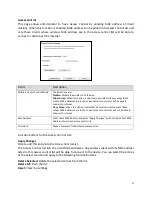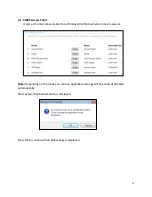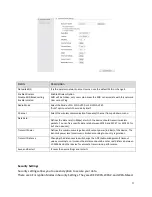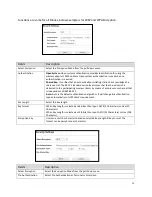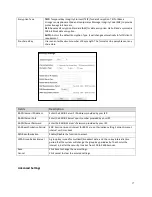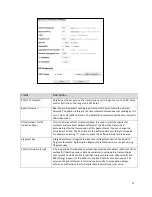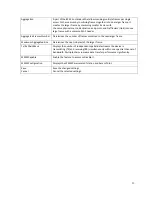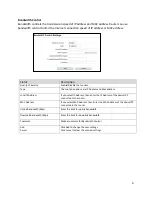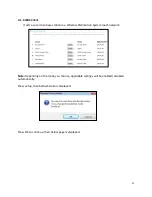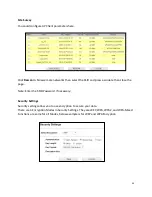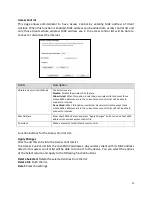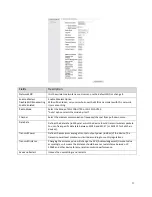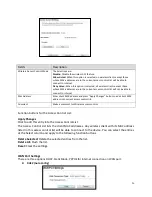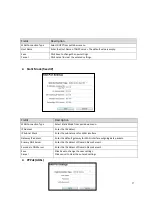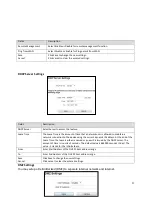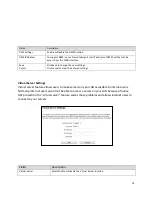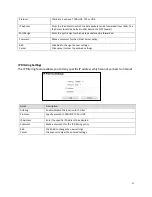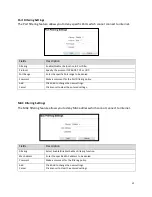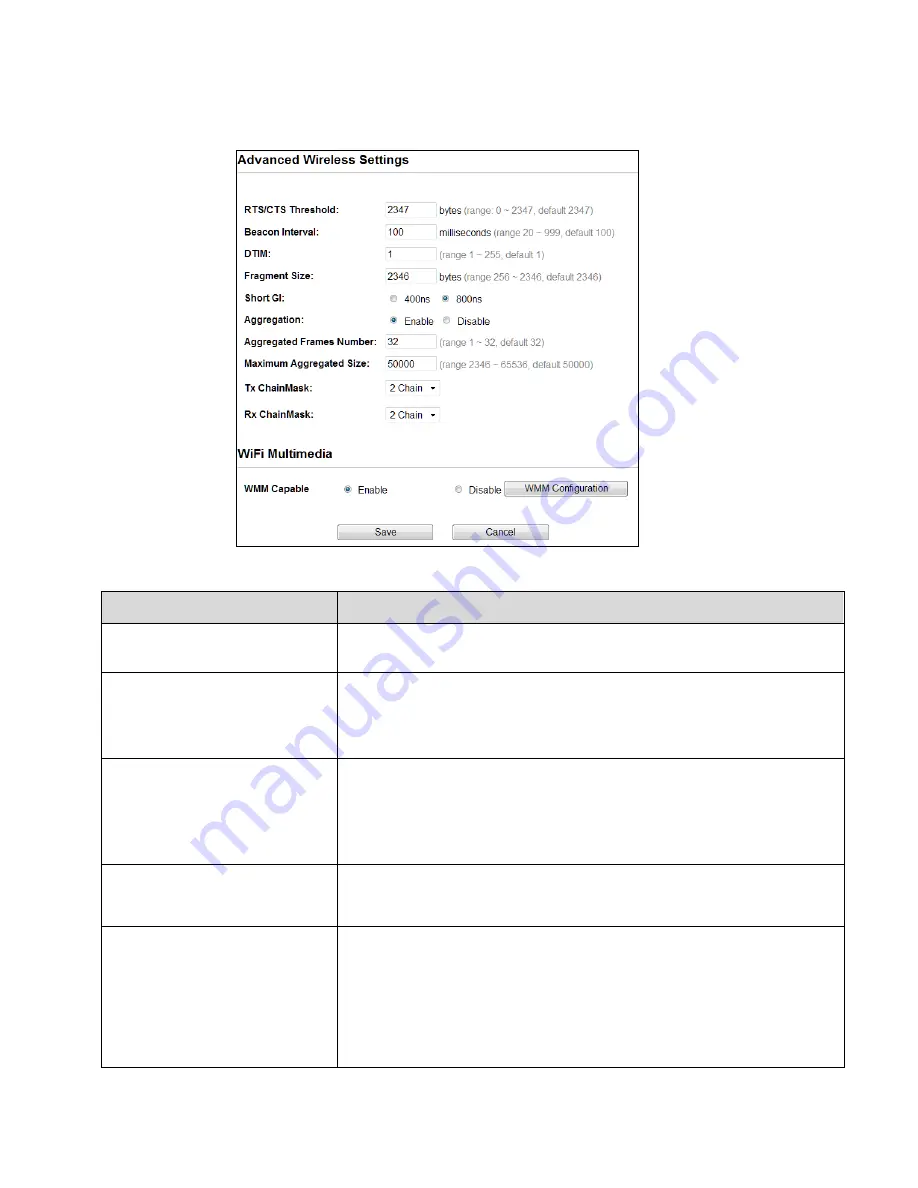
47
Advanced Settings
Fields
Description
RTS/CTS Threshold
Determines the packet size of a transmission and, through the use of an AP,
helps control traffic flow. The range is 0-2347 bytes.
Beacon Interval
Beacons are the packets sending by Access point to synchronize the wireless
network. The beacon interval is the time interval between beacons sending by
this unit in AP or AP+WDS operation. The default and recommended beacon
interval is 100 milliseconds.
DTIM (Delivery Traffic Indication
Map)
This is the Delivery Traffic Indication Map. It is used to alert the clients that
multicast and broadcast packets buffered at the AP will be transmitted
immediately after the transmission of this beacon frame. You can change the
value from 1 to 255. The AP will check the buffered data according to this value.
For example, selecting “1” means to check the buffered data at every beacon.
Fragment Size
A large data frame is fragmented into several fragments each of size equal to
fragment threshold. By tuning the fragment threshold value, we can get varying
fragment sizes.
Short GI (Guard Interval)
A GI is a period of time between symbol transmission that allows reflections
(from multipath) from the previous data transmission to settle before
transmitting a new symbol. The 802.11n draft specifies two guard intervals:
400ns (short) and 800ns (long). Support of the 400ns GI is optional for transmit
and receive. The purpose of a guard interval is to introduce immunity to
propagation delays, echoes, and reflections to which digital data is normally
very sensitive.

